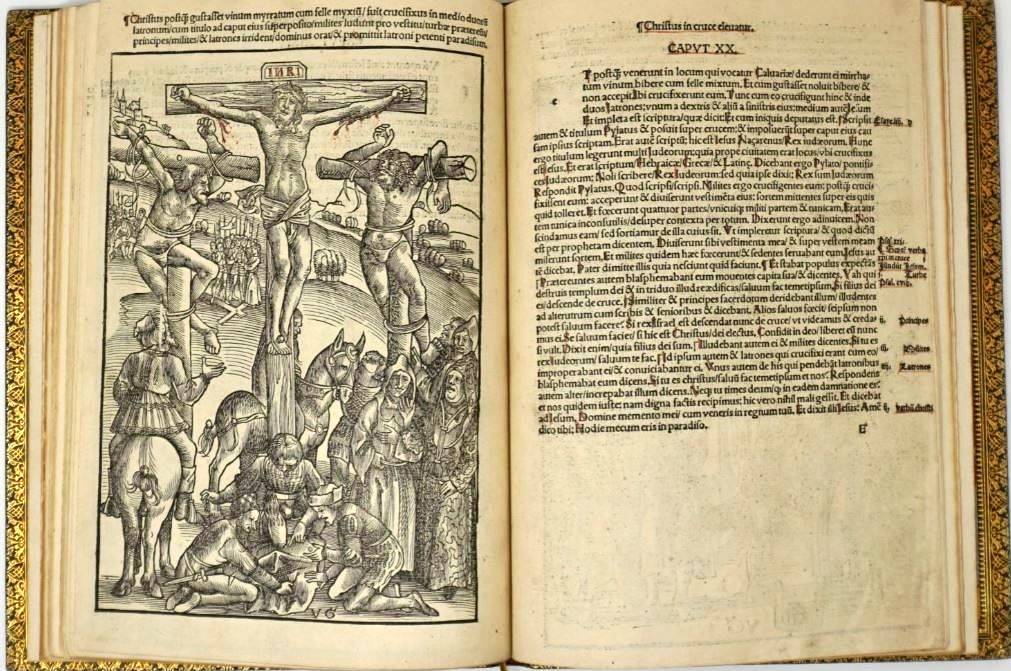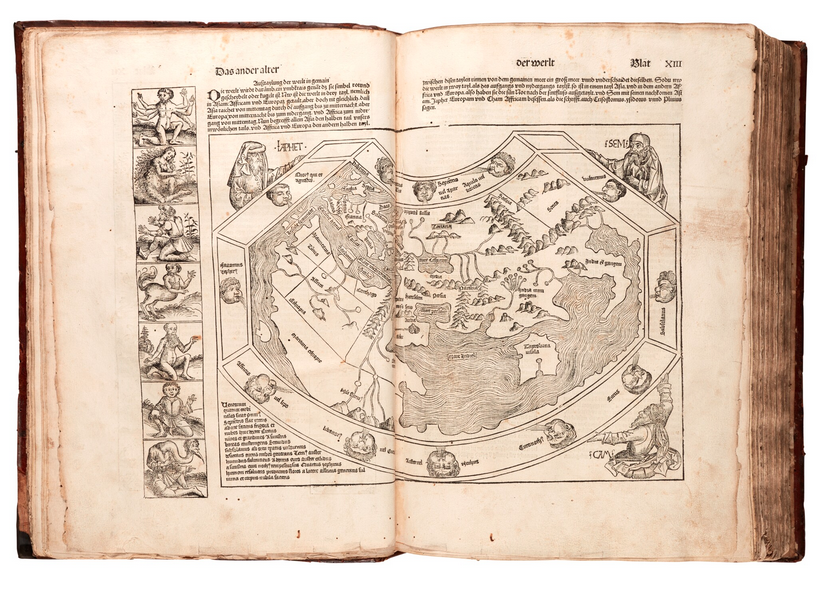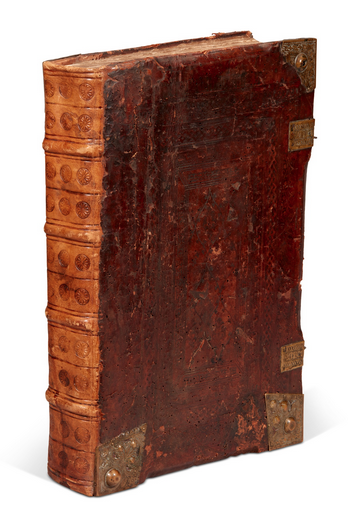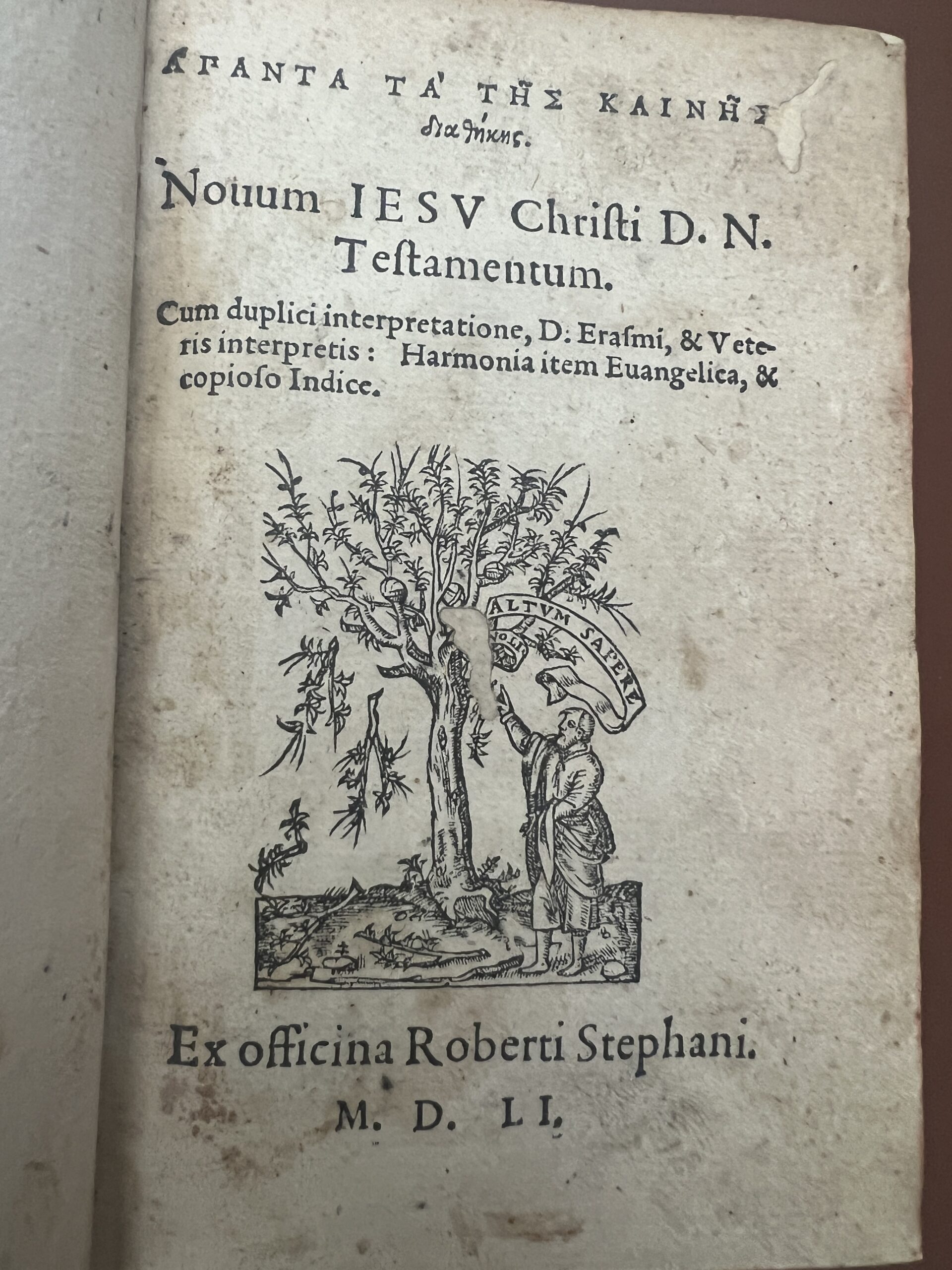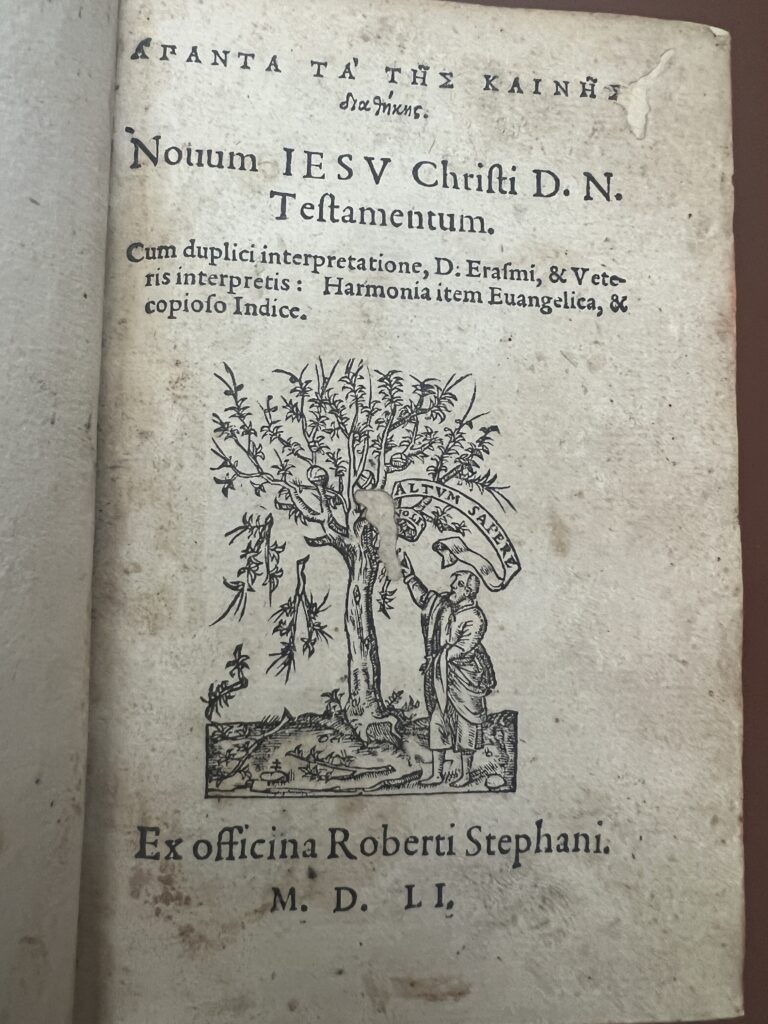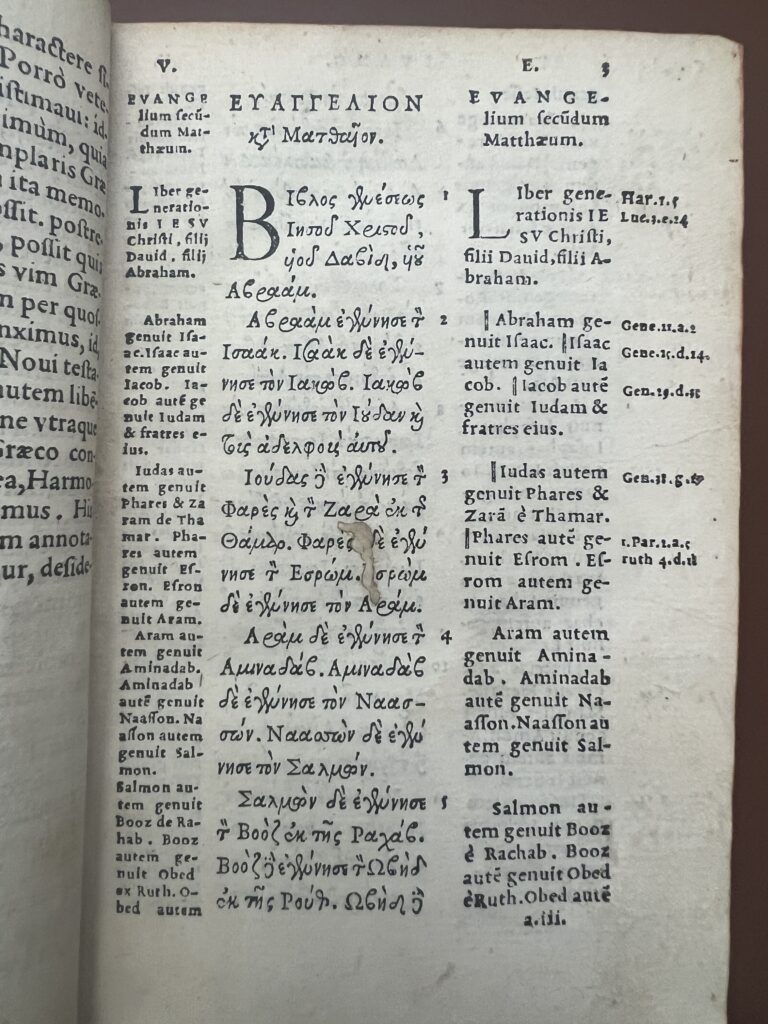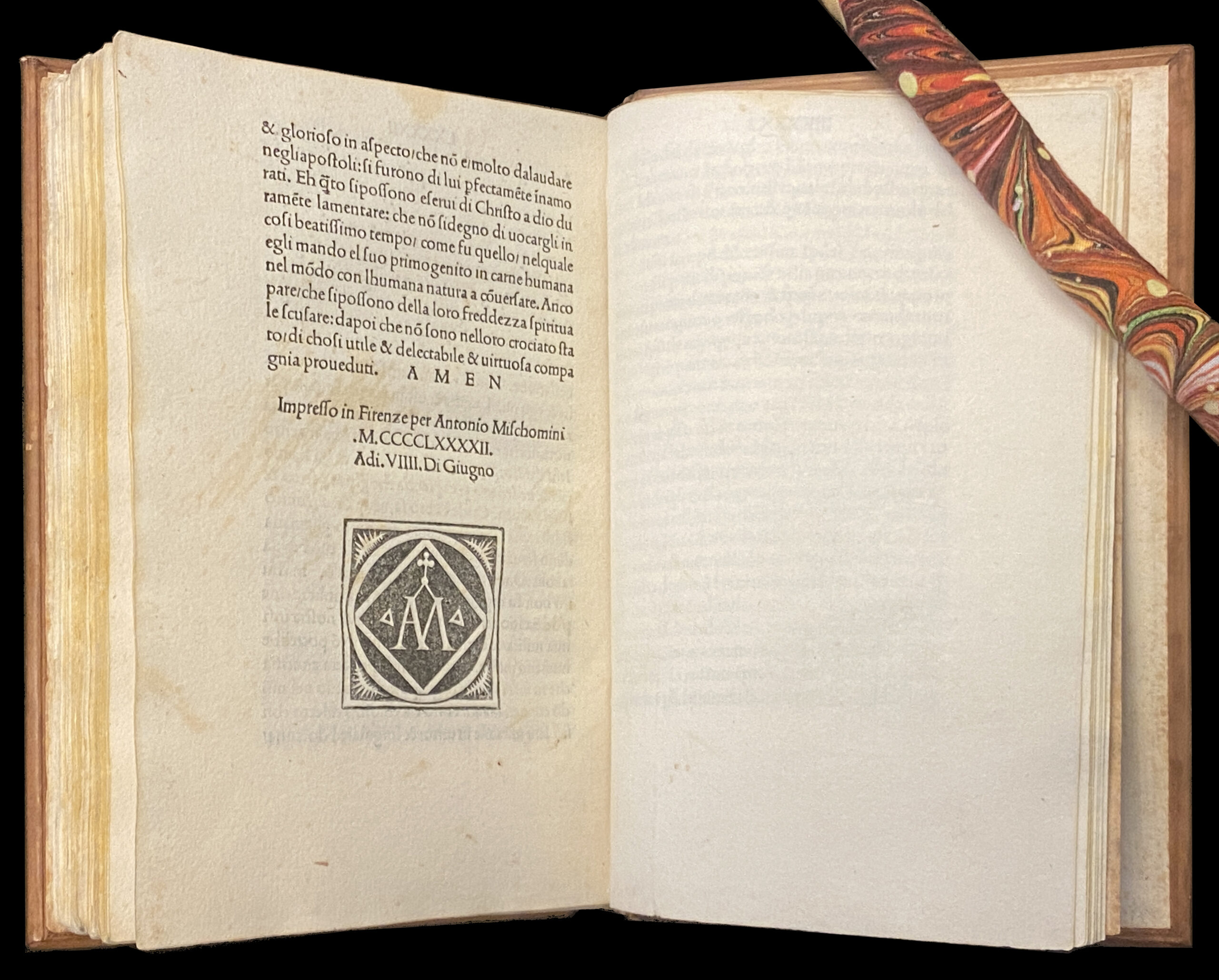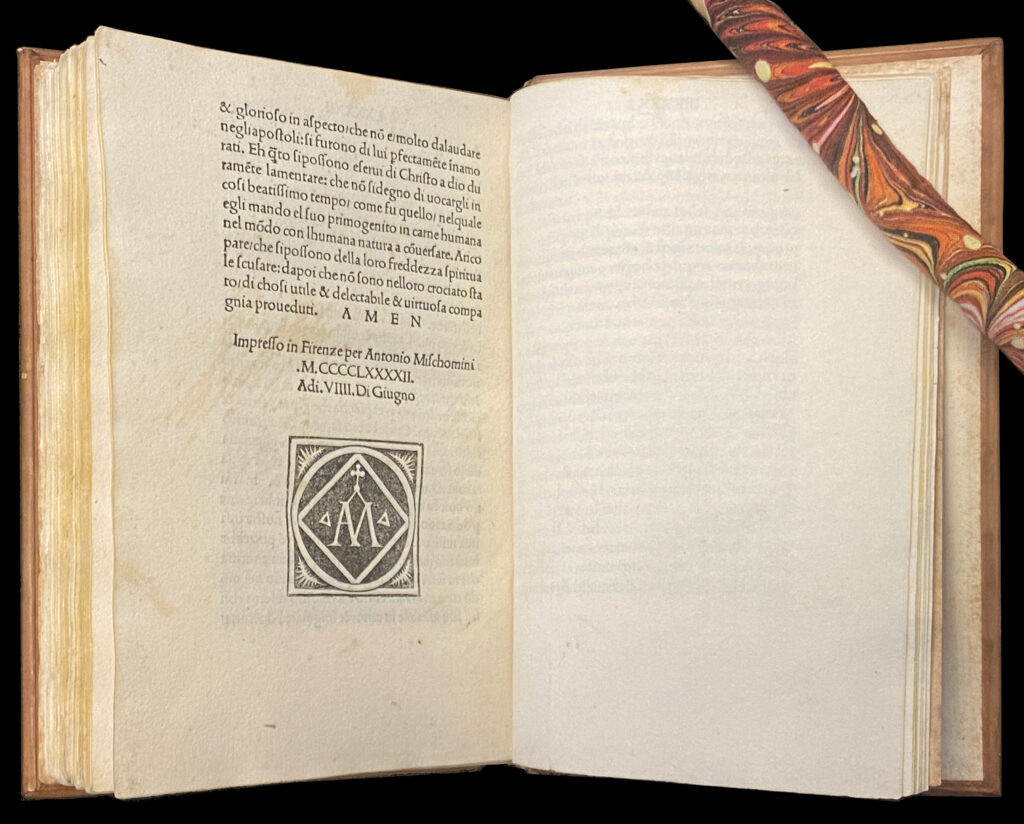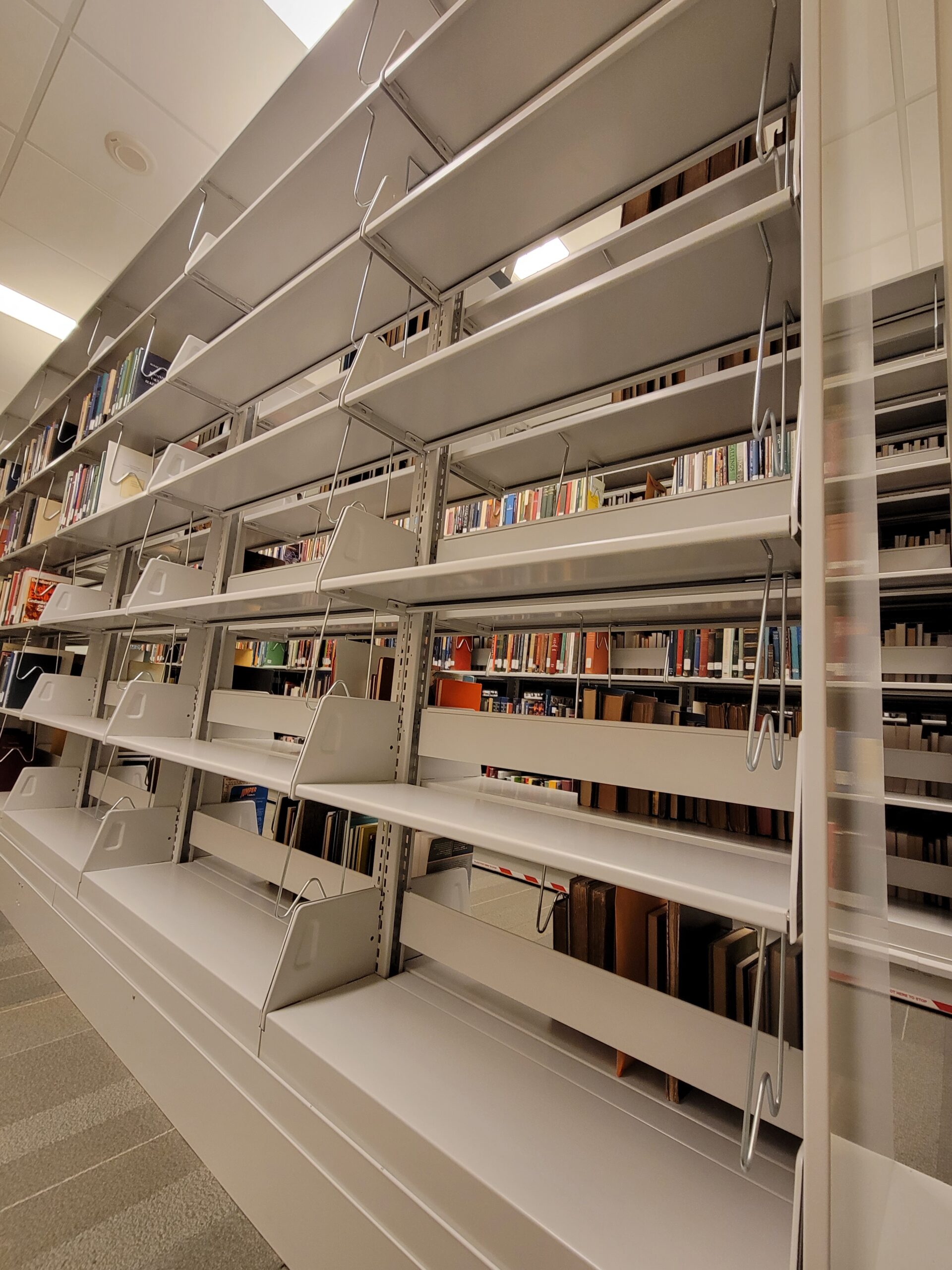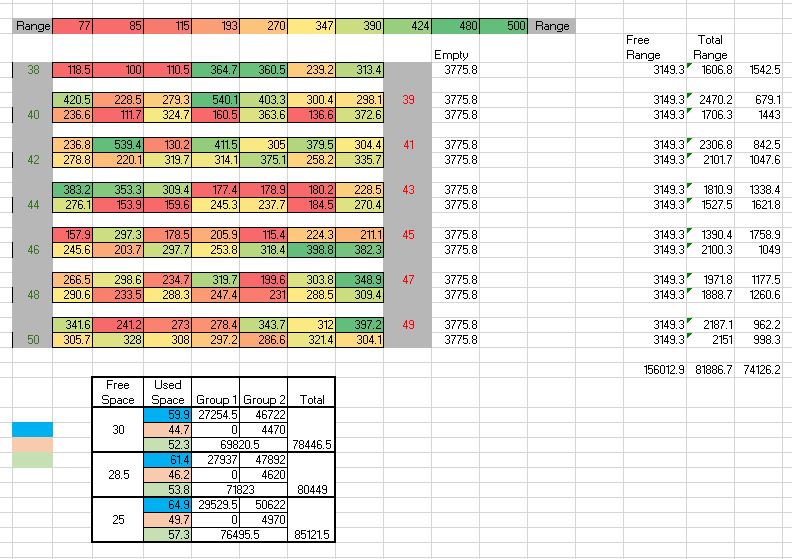A popular genre of devotional books in the late Middle Ages and during the Renaissance were passionals, illustrated books about the suffering and death of Christian martyrs, in particular about the passion and death of Jesus Christ.
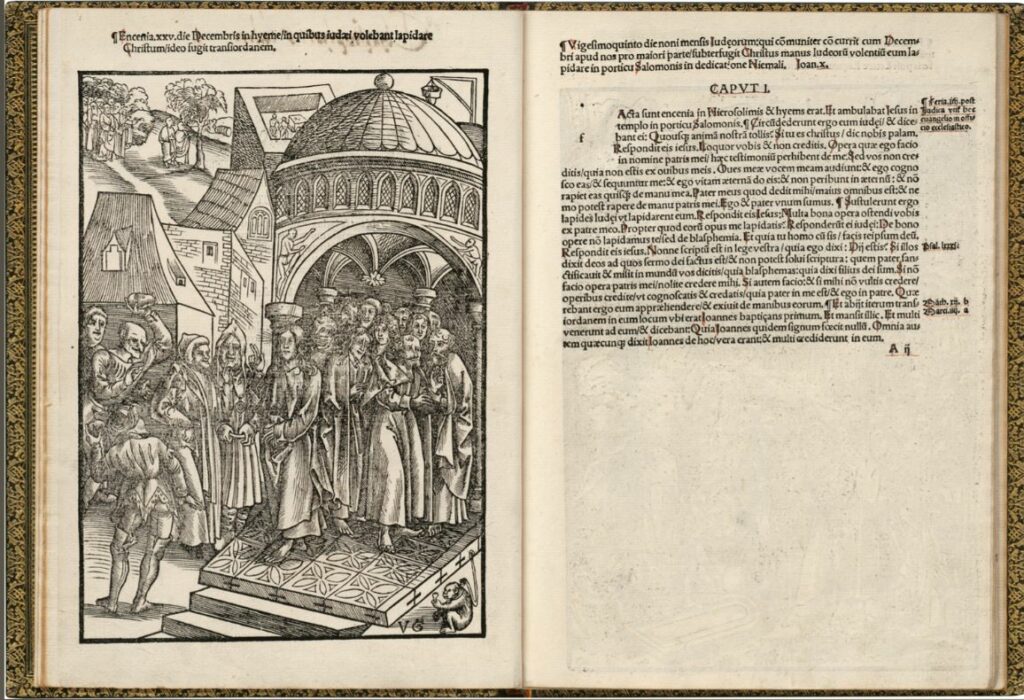
The text accompanying the images in these books was typically of secondary importance to the images, which were intended to inspire meditation and prayer. A recent acquisition by Pitts is a 1508 passional printed in Strasbourg, Passio domini nostri Jesu Christi (1508 PASS). The Latin text, likely translated from a German original, is a compilation drawn from the four Gospels and edited by the humanist scholar Matthias Ringman (1481-1510) and the popular preacher Johann Geiler von Kaysersberg (1445-1510). The 25 full page woodcut illustrations are early works by the Swiss artist and goldsmith Urs Graf (1485-1528), representing Graf’s first book illustrations signed by him with his characteristic monogram VS. While Urs Graf does not exhibit the detailed realism often found in the art of his contemporaries Albrecht Dürer (1471-1528) and Lucas Cranach (1472-1553), whose works Graf also reproduced in copies, the characterization of his subjects has a uniquely compelling quality, in particular their often unusual facial expressions.
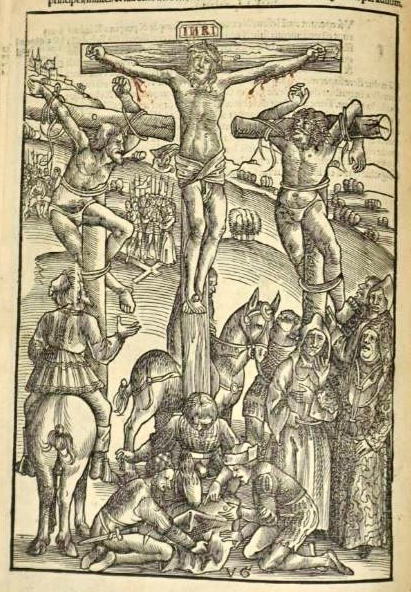
The particular copy of this work acquired recently by Pitts has significance for the library. The book has the previous ownership bookplate of the Swiss church historian Ernest Strœhlin (1844-1907). The bookplate has a depiction of John Calvin preaching and the motto “Mente Libera” (“with a free mind”). Stroehlin was an avid book collector, and many of his books were bound beautifully in fine morocco leather with gilt tooling on the inside edge, with marbled paste-downs and endpapers. These bindings were the work of noted Swiss binder Hans Asper (1855-1911). Stroehlin’s library was auctioned off in 1912, and Pitts has been making a concerted effort to collect these works from his library. The library now holds at least 8 of these Stroehlin/Asper books, several of which were featured in the library’s exhibition “More Precious than Gold”. You can learn more about these bindings in a blog post from last year, and we invite you to make an appointment in our Special Collections to come and see this new acquisition.
By Armin Siedlecki, Head of Cataloging and Rare Book Cataloger

